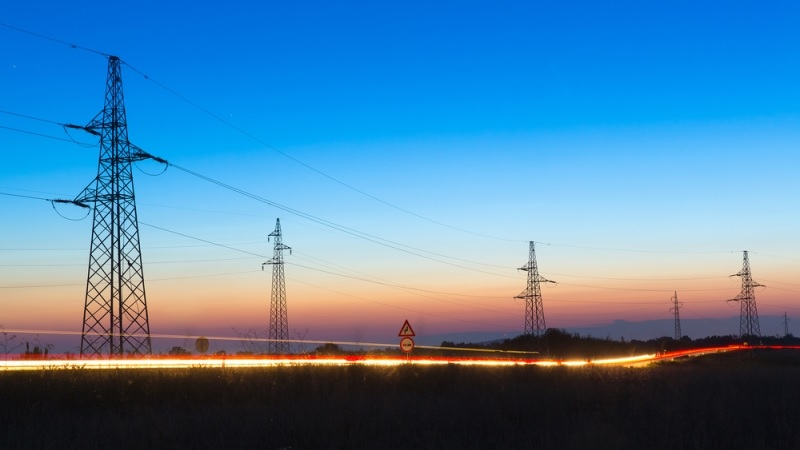
Energy Department (DoE) officials and energy-sector security experts briefed House members today on a range of cybersecurity initiatives and other tech advancements they could consider as Congress works to create electric grid modernization legislation.
At a July 17 hearing of the House Science, Space, and Technology Committee’s Energy Subcommittee, Chairman Conor Lamb, D-Penn., said he wanted witness input to help inform two draft bills that the subcommittee is working on – the Grid Cybersecurity Research and Development Act, and the Grid Modernization Research and Development Act.
Karen Evans, head of DoE’s Office of Cybersecurity, Energy Security, and Emergency Response, said that one of the agency’s biggest initiatives aims to develop science and technology to counter cyberattacks and other threats to electric grid networks, data, facilities, and infrastructure.
DoE is working with other Federal agencies in developing stronger cybersecurity, Evans said. She added that DoE also collaborates with state and local governments, and its national laboratory in the security tech development effort.
Juan Torres, co-chair of the Grid Modernization Lab Consortium and director of energy systems integration at the National Renewable Energy Lab (NREL), provided examples of cybersecurity partnerships DoE is working on in the energy sector.
“With DoE’s Solar Technology Office, we are developing a roadmap that will guide cybersecurity to confront the unique needs of the growing solar energy sector and other distributed energy systems,” Torres said.
Witnesses also spoke to the difficulty of building the cybersecurity workforce DoE needs to meet its goals. Torres and Katherine Hamilton, Executive Director of the Advanced Energy Management Alliance, said including more cybersecurity in the education system is key to overcoming the workforce shortage. And they said that effort should be reinforced with strong cyber professional mentorship.
A range of technologies took center stage at the hearing as ones that may also aid in improving security. Evans said that “pursuing cutting-edge innovation in big data, AI, and grid-scale energy storage based on new technology is a big initiative” at DoE. And Torres said that with the way the grid is evolving today, humans will need artificial intelligence to maintain it.
“We’re looking into concepts like autonomous systems, where we can incorporate some of the intelligence there to make decisions to maintain reliability,” Torres said. “But also we need to do this in a way where we incorporate security from the very beginning, where we assume these systems are going to be targeted, so we are doing research in that particular space.”
Torres also suggested that DoE can strengthen its AI research and development efforts in complex systems theory, big data analytics, non-linear control, and optimization.
Alongside the AI aspects of grid modernization, witnesses also spoke to the need to build physically resilient grid solutions in the face of increasingly severe climate conditions, and better solutions to store and integrate diverse sources of energy as the U.S. continues to adopt more renewable sources of energy.
